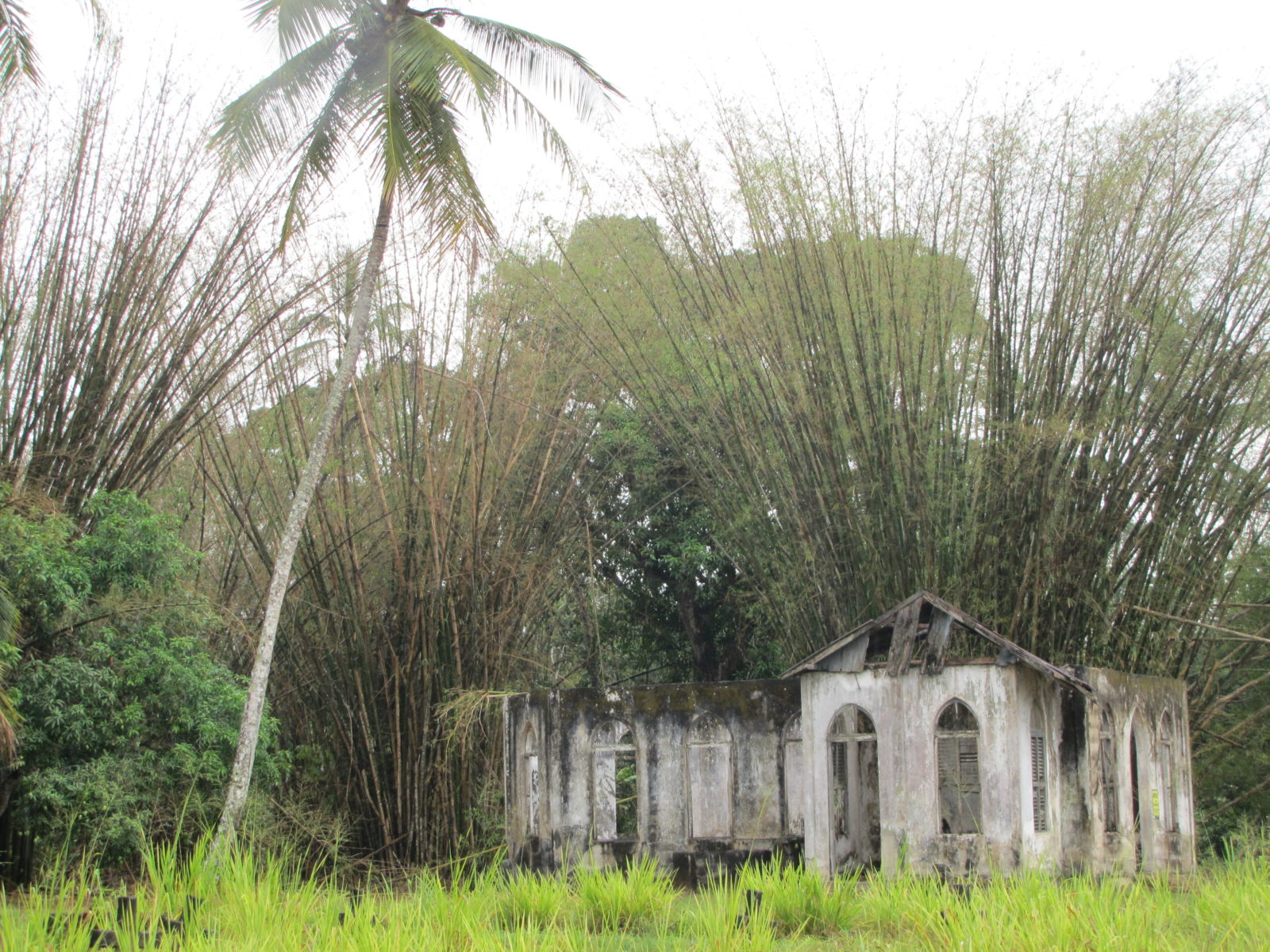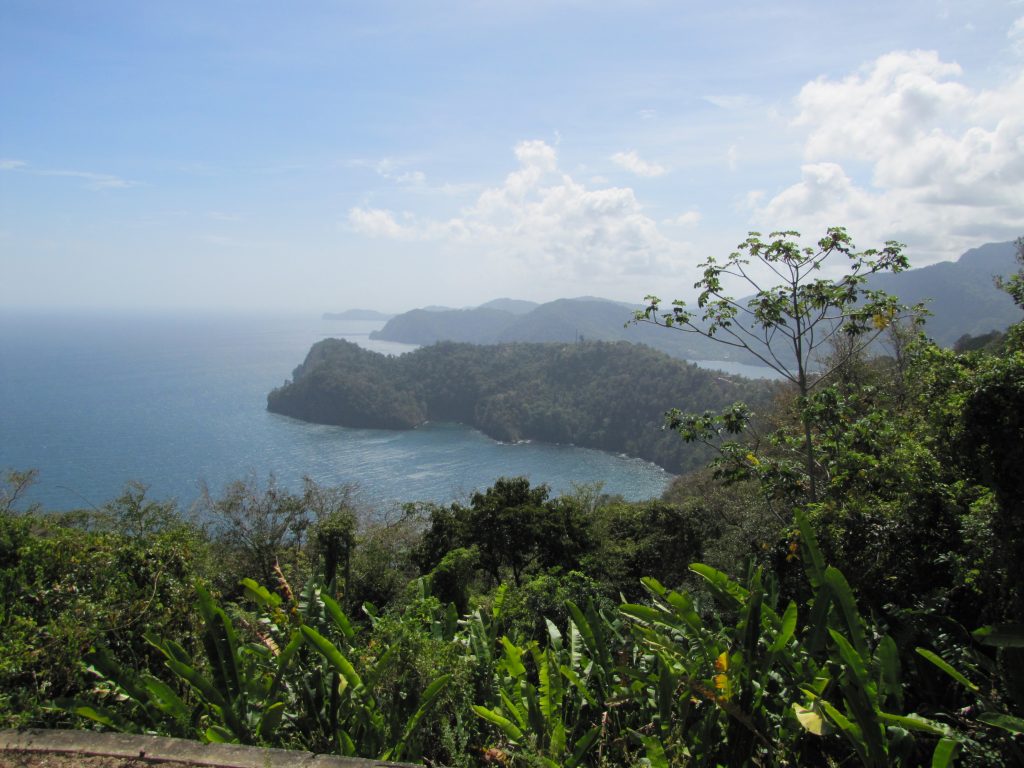
There is no place quite like it, and although I have not traveled everywhere it is definitely a place I see myself coming back to many times in the future. Trinidad and Tobago (the latter I have yet to visit and I’m hoping my third trip will find me on its shores) are like no other. The first time I came to the little shoe-shaped island was to visit my best friend and her family over the Christmas holiday in 2013. I landed in the evening and marveled at the view out my window; the dark island and the black sea brought out the colors of the city and town lights, they had a golden-green glow to them reminding me of emeralds. This time it was about the same, except that I arrived before sunrise. The island gleamed just the same.
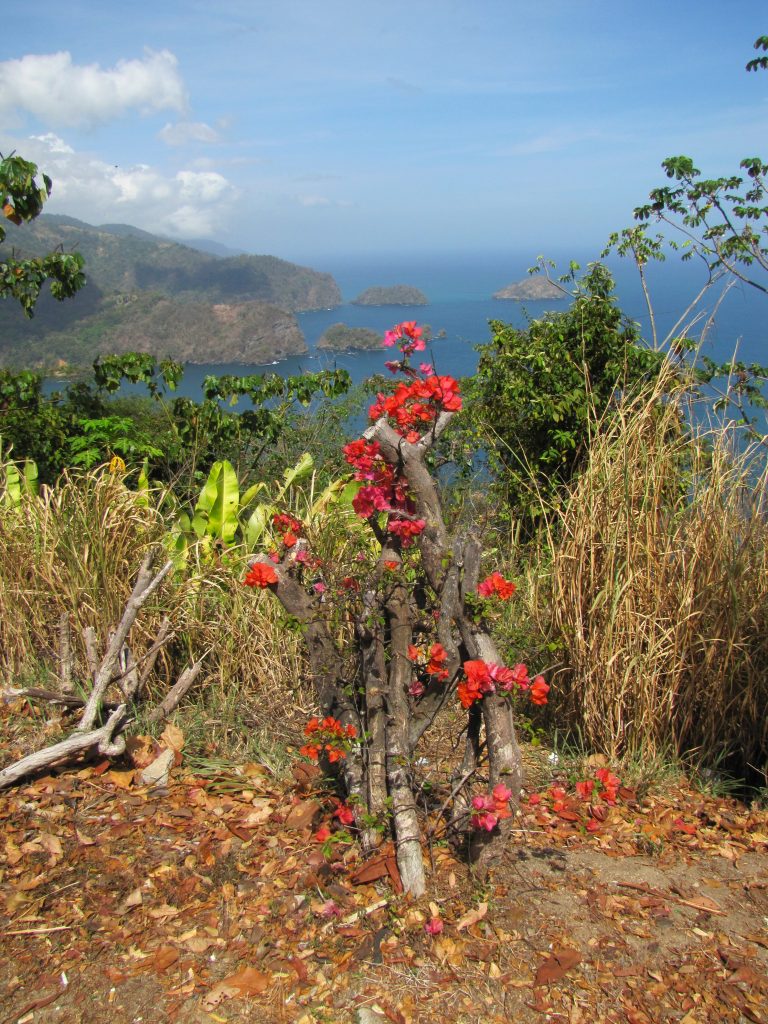
I moved very quickly through customs, the only thing that took a bit of time was baggage claim. The doors opened to let me out and I had a squealy reunion with my best friend whom I haven’t seen for a year. She had come with her brother and they insisted I start my trip with Doubles for breakfast – I couldn’t have agreed more.
As the sun began to come up I realized that it was not quite the same island. It was the end of the dry season and the lack of rain mixed with the high heat caused many of the trees to brown and resulted in numerous bush fires. Alberta is currently experiencing something similar, on a different scale, but to witness this in the tropics, I wouldn’t have thought it could happen. I questioned the life out of my friend so I could grasp a better understanding of what was happening.
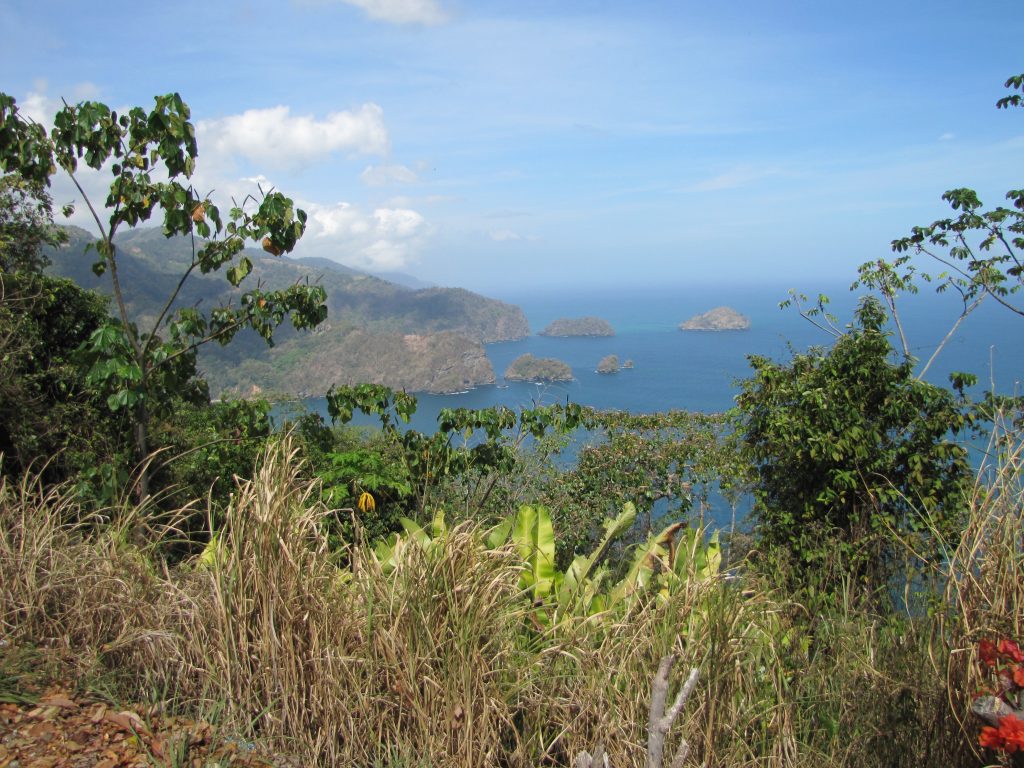
The first two days past in blazing heat, I could see smoke rising from the bush in the mountains from my window, however, the third day brought rain – which had not been seen for several weeks. They now feared to flood. When you move about the towns surrounding Port of Spain you will notice canals, they do help with diverting rainwater to rivers and eventually into the ocean however as I was told: “You see garbage drifting down”. This garbage builds up and clogs leading, of course to flooding. There is waste disposal, there are garbage cans in public places (though few), however, the people of Trinidad like the people of the globe find it easier to leave trash wherever. This is not to say that people on the island don’t clean up after themselves, for they do, but there is simply not enough of them, as is the case for the planet in general.
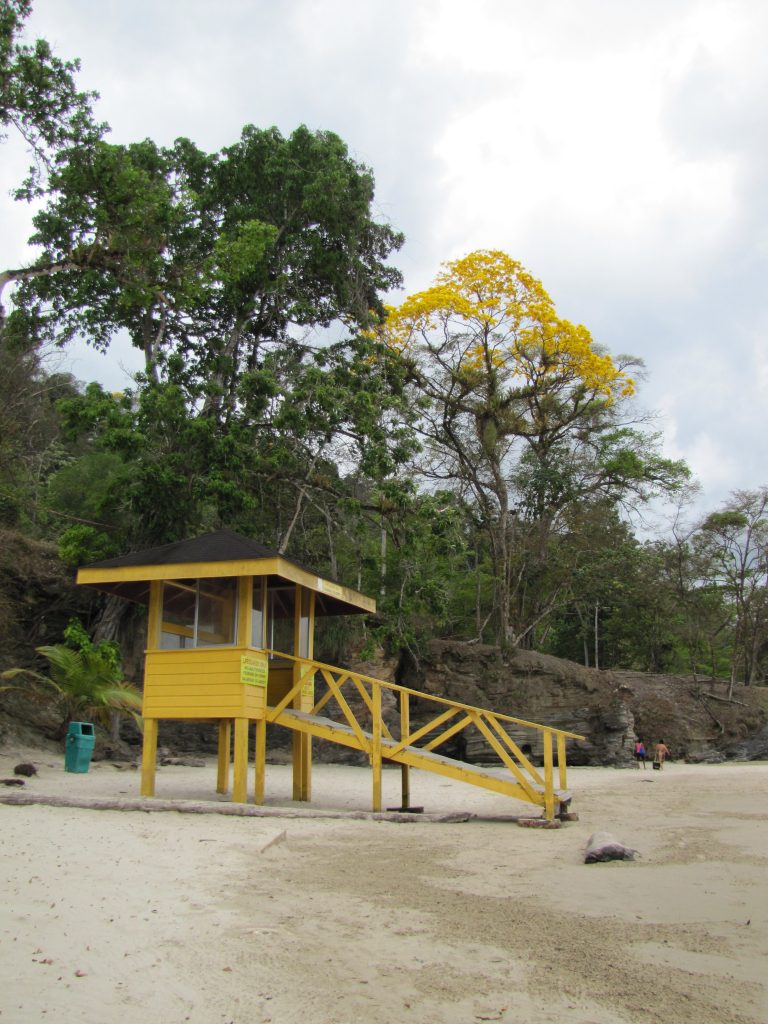
The rain had only lasted that day giving the soil some time to soak up the cool water and get itself ready for future downpours. With so many weeks without rainfall had it rained for a few days a layer of the soil would have eroded and flooding would have been a serious issue. I came to understand that the present dry season was particularly bad and many people could not remember it ever been so dry in their lifetime.
Global Warming – One cannot simply assume that the planet will warm without having any adverse consequences. So many issues stem from the drastic fluctuation in temperatures, such as the change in the ocean’s currents, rising sea levels, and the destruction of the ozone layer. Shifts in the ocean’s currents affect, among other things, the water cycle and the severity of storms. For Trinidad and Tobago, along with the other Islands of the Caribbean, these shifts are reflected in changes to seasons, flooding, erosion, possible increase of pollution, forest fires, desertification, etc. Moreover;
“[Tourism]—the life-blood of many Caribbean economies—will shrink and with it both private incomes and the public tax revenues that support education, social services, and infrastructure. And these devastating impacts will occur regardless of the fact that Caribbean nations have contributed little to the release of the greenhouse gases that drive climate change.”1
Trinidad and Tobago are a county that relies mainly on having produce and other goods to be shipped in, it is not likely that they would be able to survive for very long if they continue to rely on imports. In any doomsday scenario, one needs to express respect for nature. You can no longer dominate and control it, it can no longer be tamed, one needs to understand how to take and yet give back freely.
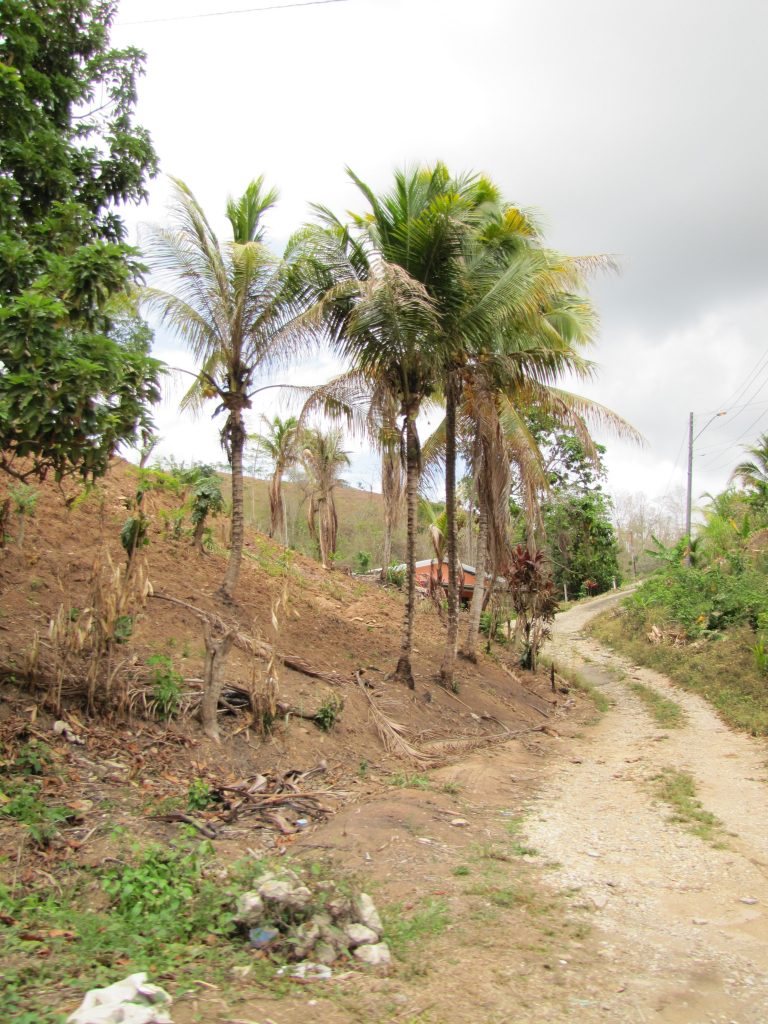
Will they be able to push through the drastic effects of climate change?….. probably not. Most of the island does not recycle, their main commodity is oil, the island is littered with garbage (not excessively, but it’s there and it’s very likely that a portion of it comes from other places on the planet) and in terms of clean energy… there really isn’t any. To say that they contributed solely to climate change is ridiculous, nonetheless, they will have the bear the brunt of the burden that first-world nations have imposed onto the planet. In the not too distant future, we will find that the Caribbean has become a place of Environmental Refugees who will be seeking refugee in first-world nations – countries that will most likely push them to the bottom, force doctors, chefs, pilots, and teacher to start from the bottom as a result of a problem that was far out of their hand, to begin with.
The people of Earth really need to -stop pressing snooze and wake up and smell the chemical waste outside. The planet is filled with so much beauty seen through both places and people. It’s a luxury to be able to travel the globe to “exotic islands”, in the future will we fly over them and marvel at their submerging bodies — I wouldn’t hold it against us.

References
Ackerman, F., Bueno, R., Herzfeld, C., & Stanton, E.A. (2008, May). The Caribbean and Climate Change. The Cost of Inaction. Retrievedhttps://www.sei-international.org/mediamanager/documents/Publications/Climate/inaction-caribbean-es-eng.pdf.
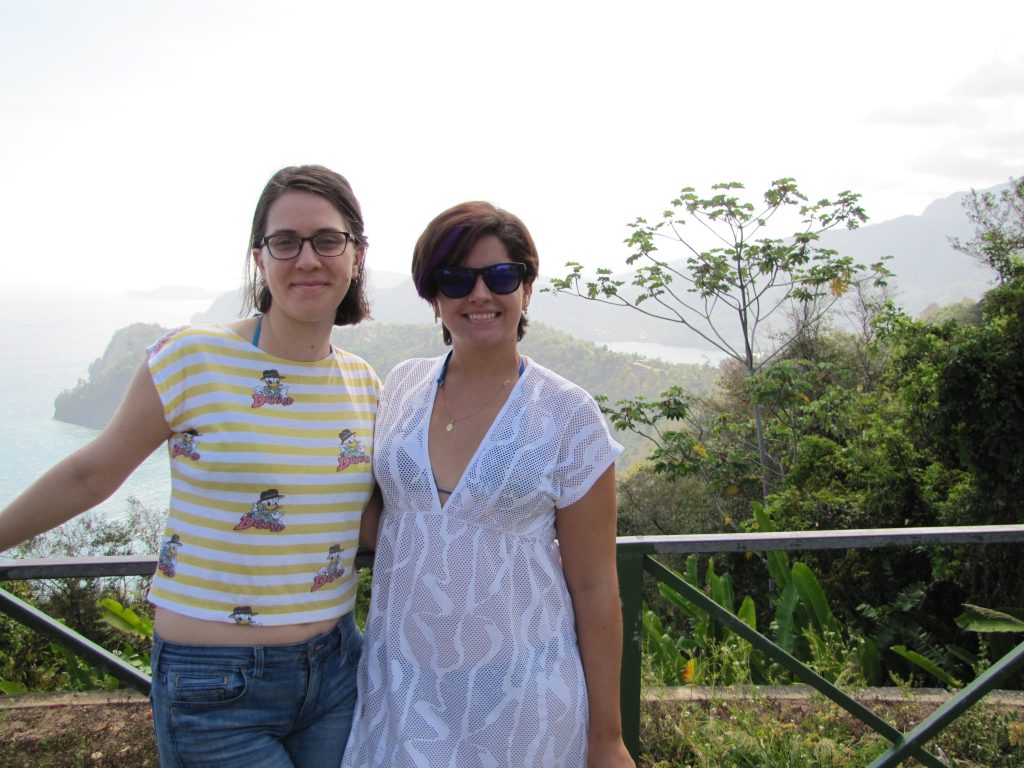
Amanda Filipowicz is a certified nutritional practitioner (CNP) with a bachelor in environmental studies (BES) from York University. She also has certification in clinical detoxification, prenatal and postnatal care as well as nutrition for mental health. She has been working as a nutritionist since 2013 and is a lifelong proponent of eating healthy.

